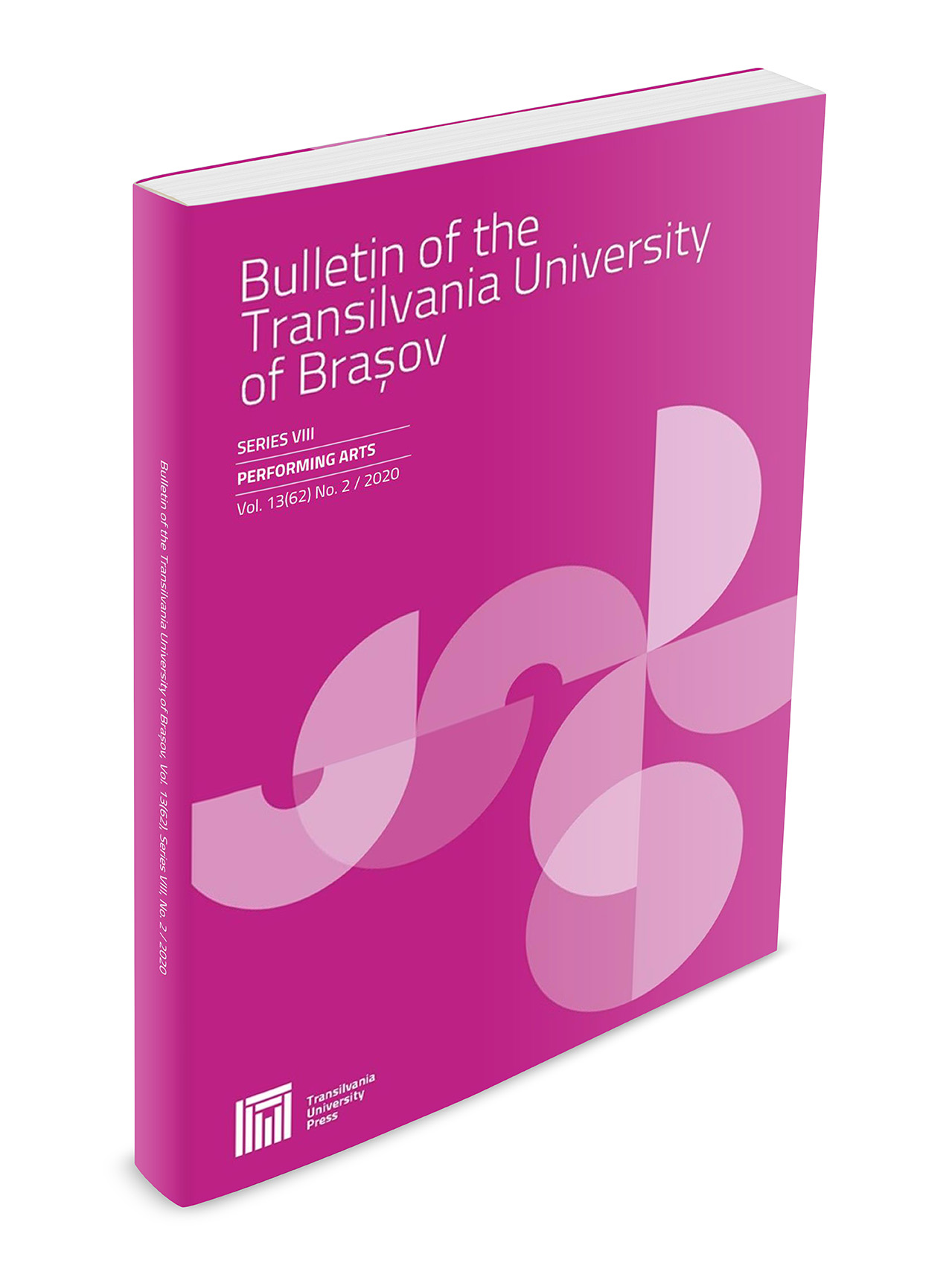Expression particulars of Brahms’s music language, mirrored in hs Compositions for Piano
DOI:
https://doi.org/10.31926/but.pa.2019.12.61.51Keywords:
Brahms, piano, expressiveness, style, aesthetics, poeticityAbstract
This article refers to the main features of expression in the music language in the piano compositions of Brahms. From the broad and long works for piano from his youth, the sonatas – true “disguised symphonies”, the music language of the composer evolves during his maturity towards the complexity of variations for piano and piano concertos – designed as genuine “symphonies with piano as an obligatory instrument”, so that, toward the end of his life, Brahms concentrate his full mastery into miniatures for piano, Opp. 116 – 119, true jewels, which represent the “swan song” of the German master. The expression particulars of his music language will be analysed through highlighting the sources and style types, style parameters and musical aesthetics elements that are specific of Brahms’s work. The depth of Brahms’s personality and experiences are mirrored through an elaborate musical discourse, where the Romanticist composer maintains the Classicist balance, logic and a rigorous control of the composition thinking, but the Classicist matrix is subjected to workthrough and an innovating spirit, under the star of aesthetical elegance. Novel is the fact that this apparent balance in the music of Brahms conceals strong inner tension. Thus, through a poetic language, the composer succeeds in expressing the deepest mysteries of the human soul, the finest vibrations, the most untranslatable impulses.Downloads
Published
Issue
Section
License
Copyright (c) 2019 Bulletin of the Transilvania University of Braşov. Series VIII: Performing Arts

This work is licensed under a Creative Commons Attribution 4.0 International License.




